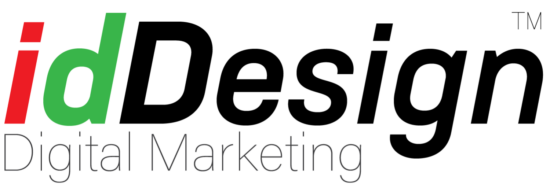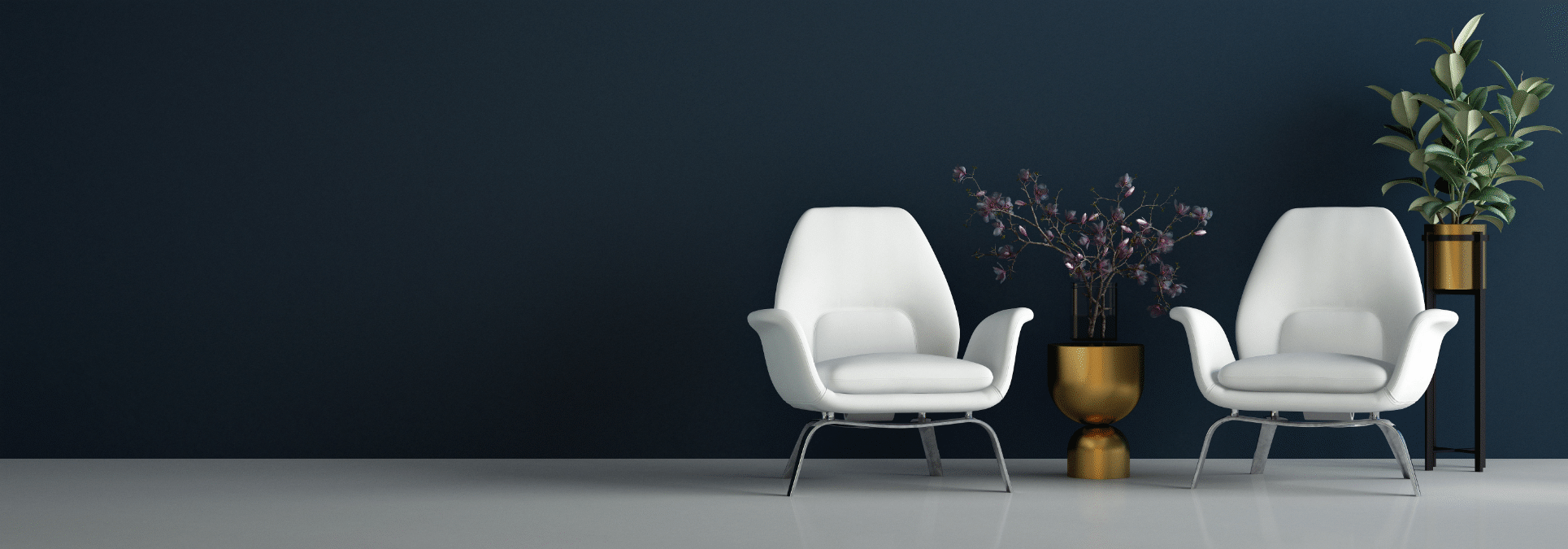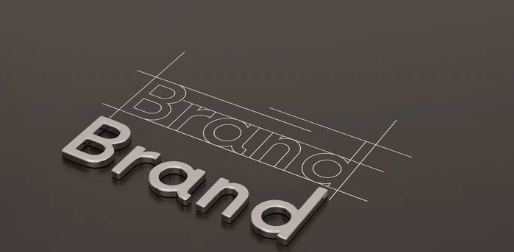Creative branding solutions that Inspire and Deliver
Branding Solutions
We’re a hard-working branding agency in Sunshine Coast here to help you turn ideas into identity. We’ll give your brand a powerful image that stands the test of time.
Your brand is more than just a logo or a name. It’s your identity. It’s your culture. It’s the story you tell about who you are and why you do what you do.
Here at idDesign, we’ll take the time to get to know what you’re about – your background, your values, and your ambition for your company. That’s how we’ll get you closer to your customers and help you stand out from the competition. After all, if you’re going to make an impact, it might as well be a great one.
Digital Marketing
CREATIVE DIGITAL MARKETING
After your website is created, you should promote it widely. It is known as digital marketing. All of the value-added design services we provide are included in it, including SEO, Google Ads management, content creation, photography services using a drone, and videography. The key is to communicate your narrative. We can highlight your company’s work so that both human and Googlebot website visitors will have a better understanding of who you are and what you have to offer. This digital marketing technique helps your company rank higher in search results, which in turn generates better inquiries and more sales for you.
Branding & graphic Design
UNIQUE BRANDING & CREATIVE GRAPHIC DESIGN
As creative experts, we offer graphic design services that include print design, complete branding creation, and logo design. We should speak if you want your logo to stand out and have consistency throughout printing, visual displays, vehicle signage, print advertising, and even your business stationery. We are skilled and knowledgeable graphic designers. We are skilled at taking your brand to the next level.
Overview of idDesign
Web design Sunshine coast
We are experts in brand strategy, digital marketing, logo design, and website development. With purpose, beautiful, effortless, and functional design. Many of our customers start working with idDesign by getting a brand-new website created for their small to medium-sized businesses. For individuals who find it difficult to generate text, graphics, and video internally, we provide content creation. Others begin with a fresh branding strategy and a redesigned logo. Website development frequently happens when their new corporate image is in order. From there, we can provide our clients’ online and offline marketing with more specific support. For your brochures, print advertisements, signage, and marketing materials, we serve as graphic designers.


